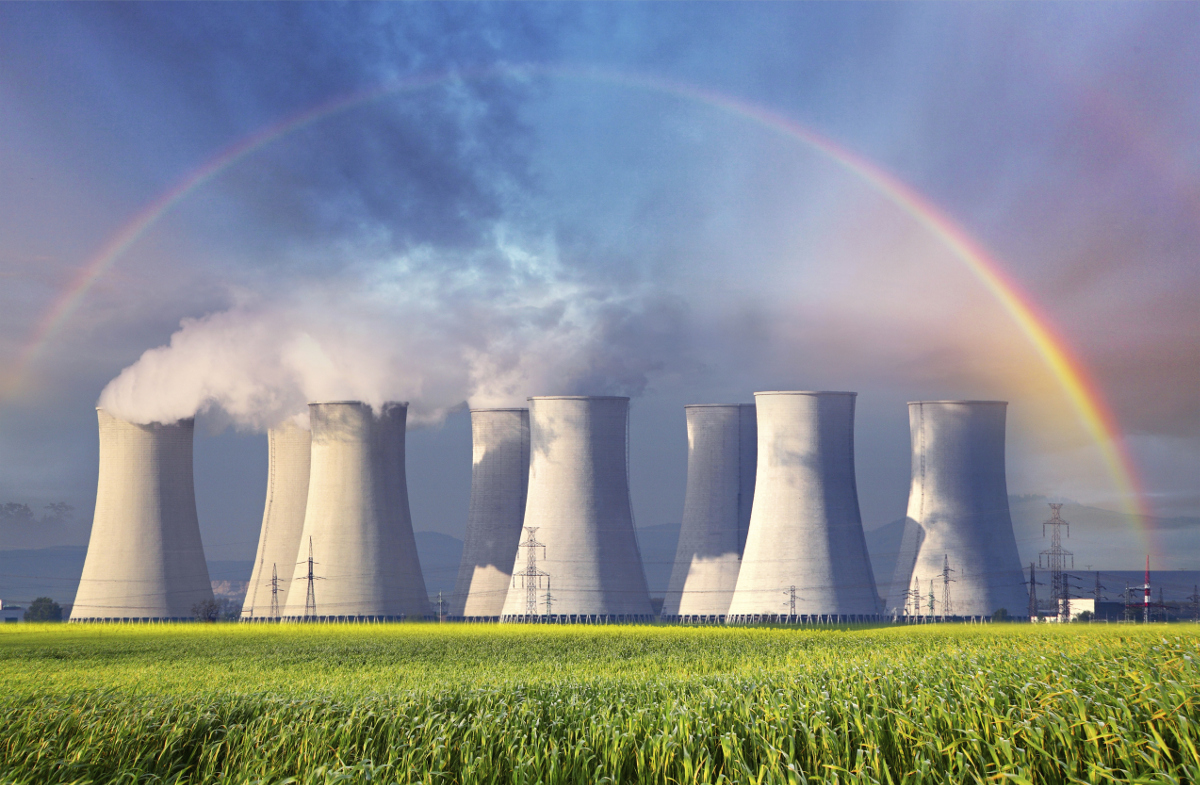A New Earthquake Preparedness Kit

Advanced Tools to Help Design Nuclear Plants for High-Frequency Earthquakes
EPRI has demonstrated robust advanced computer models for considering the effects of high-frequency earthquakes in the design of new nuclear power plants.
The design of most existing nuclear plants incorporates potential effects of low-frequency earthquakes. Until recently, there has been little research examining how high-frequency earthquakes can impact the structural integrity and operation of nuclear plant components. As more data on this became available, plant designers and operators added new design considerations.
To test the new models, EPRI used them to evaluate the effects of high-frequency earthquakes on standard-design nuclear plants. Compared to existing tools, the models provided a more detailed picture of high-frequency motions through soil and rock below buildings, the buildings themselves, and components in various locations inside buildings. Researchers found that these motions:
- Have minimal impacts on nuclear plant buildings
- Have minimal impacts on components in plants built on soil sites
- Can potentially have more significant impacts on components in plants built on rock sites
- Are dampened by soil used to fill below and along the sides of plant structures
- Can be amplified as they move through buildings, especially in the vertical direction
Based on the analysis, EPRI recommended methods for modeling the effects of high-frequency motions on structural members and equipment and for designing appropriate mitigations. Designers can consider these tools for new plants in regions with high-frequency seismic motion, such as the Central and Eastern United States, northern United Kingdom, parts of Canada, the Korean peninsula, and many parts of China.

